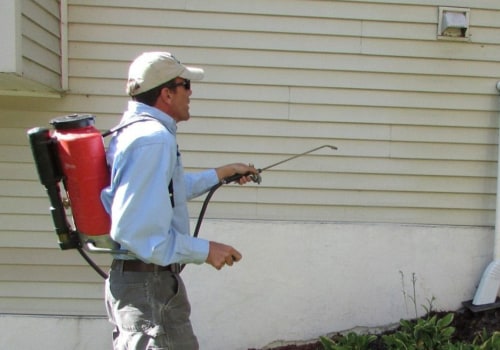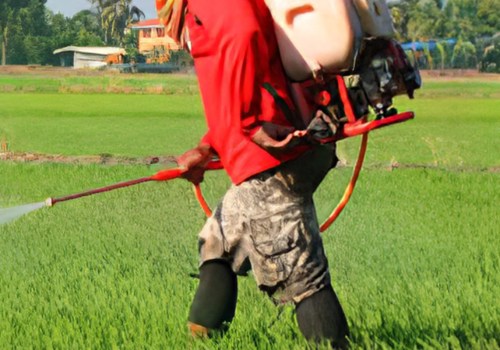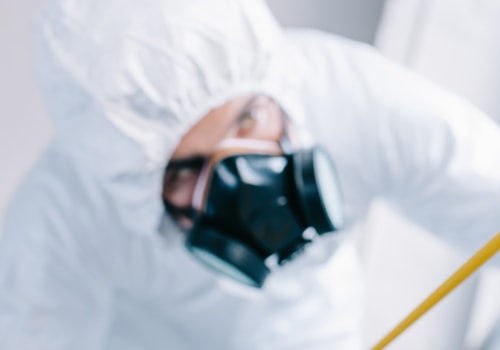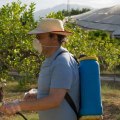Pest control sprays, while effective in managing and eliminating pests, have raised concerns regarding their potential harm to human health, pets, and the environment. The key ingredients in many pest control products are pesticides, which are designed to target and kill pests but can also pose risks to non-target organisms when not used responsibly. The extent of the harm can vary significantly depending on the type of pesticide used, the concentration, the method of application, and the frequency of use. Some pesticides used in pest control sprays are known to contain chemicals that can be toxic to humans and animals if ingested, inhaled, or contacted with the skin over prolonged periods. These chemicals can affect the nervous system, cause irritation to the skin and eyes, and, in severe cases, lead to more serious health issues like endocrine disruption, reproductive harm, and even cancer with long-term exposure.
However, it's important to note that regulatory agencies in many countries have established strict guidelines for the use of pesticides in residential and commercial settings. These guidelines are designed to minimize health risks by limiting exposure to harmful chemicals. Pest control professionals, such as those working for a Forney pest company, are trained to use these products safely, applying them in a manner that maximizes their effectiveness against pests while minimizing exposure to humans and pets. They also often employ Integrated Pest Management (IPM) strategies, which emphasize the use of non-chemical methods as the first line of defense against pests, reserving chemical treatments for when they are necessary and as a complement to other control measures.
Furthermore, advancements in pest control technology have led to the development of more environmentally friendly and less toxic alternatives to traditional pesticides. These include biopesticides, which are derived from natural materials like plants, bacteria, and certain minerals. Biopesticides tend to be target-specific and less harmful to non-target species, including humans. The increasing availability and use of these alternatives reflect a growing awareness of the need for sustainable pest control solutions that do not compromise human health or the environment.
The potential harm of pest control sprays also underscores the importance of preventive measures in pest management. Simple actions like sealing cracks and openings, maintaining clean and dry environments, properly storing food, and managing waste can significantly reduce the attractiveness of spaces to pests, thereby reducing the need for chemical interventions. Education on pest prevention and the judicious use of pest control measures can further mitigate the risks associated with chemical sprays.
When the use of pest control sprays is deemed necessary, it is critical to follow label instructions meticulously, use the minimal amount required to achieve control, and ensure that the area is well-ventilated to avoid inhaling fumes. Wearing protective gear, such as gloves and masks, can provide additional protection. For households with children and pets, non-toxic and natural alternatives should be considered where possible, and areas treated with pesticides should be off-limits until it is safe to return, as advised by the product instructions or a professional pest control service.







